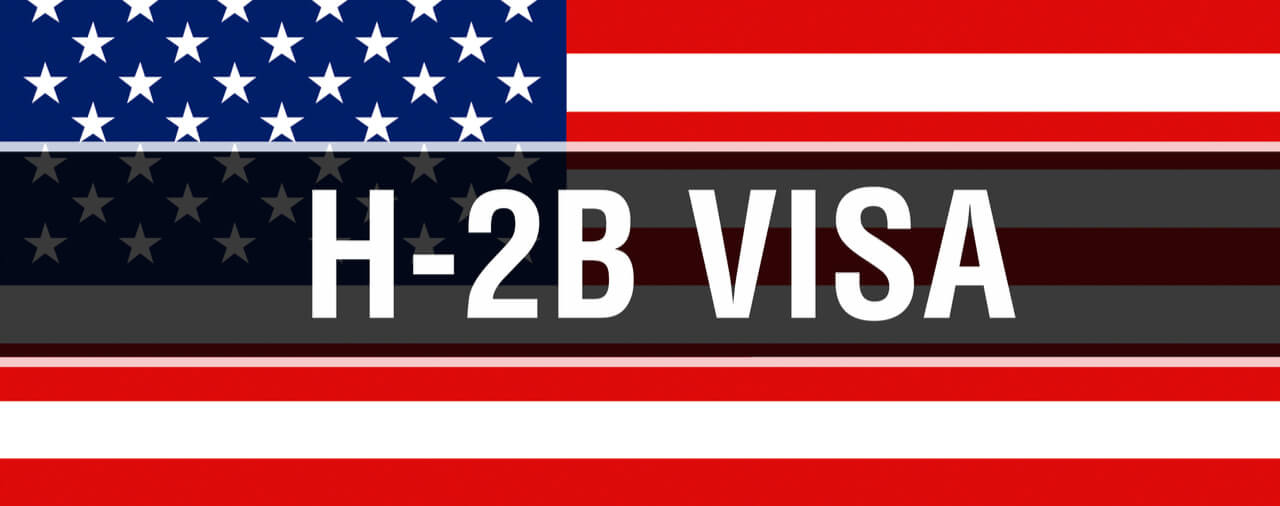Introduction
On July 19, 2017, the Secretaries of Homeland Security and Labor released a joint temporary rule in the Federal Register (FR) titled “Exercise of Time-Limited Authority To Increase the Fiscal Year 2017 Numerical Limitation for the H-2B Temporary Nonagricultural Worker Program” [see 82 FR 32987]. After consulting with the Secretary of Labor, Homeland Security Secretary John Kelly opted to use his one-time statutory authority to authorize the issuance of an additional 15,000 H2B visas through the end of fiscal year 2017. The one-time increase was authorized by a recent continuing resolution to fund the federal government through the rest of fiscal year 2017 [see blog]. The FR notice makes clear that the increase will not affect the H2B program in future years.
The new temporary rule took effect on July 19, 2017, and will remain in effect through September 30, 2017.
In this article, we will briefly examine the new final rule and what it will mean for H2B employers and H2B workers for the rest of fiscal year 2017.
Overview
Under statute, there is an annual H2B cap of 66,000 per fiscal year. Up to 33,000 aliens may be issued H2B visas or otherwise granted H2B status in the first half of the fiscal year, and the latter 33,000 may be issued in the second half of the fiscal year.
On May 5, 2017, President Donald Trump signed omnibus legislation to fund the federal government through the end of the fiscal year (September 30, 2017). The omnibus contained a provision permitting the Secretary of Homeland Security, after consultation with the Secretary of Labor, to increase the number of available H2B visas for the remainder of fiscal year 2017 notwithstanding the annual H2B cap, which was reached earlier this year [see blog].
After consultation with Labor Secretary Alexander Acosta, Secretary Kelly determined that the needs of some American businesses cannot be satisfied in fiscal year 2017 with U.S. workers who are willing, qualified, and able to perform temporary nonagricultural labor. This conclusion was a prerequisite to raising the H2B cap for the duration of the fiscal year. Secretary Kelly chose to raise the cap by 15,000. The cap increase is specifically for “those American businesses that attest to a level of need such that, if they do not receive all of the workers under the cap increase, they are likely to suffer irreparable harm…”
The “irreparable harm” provision is key. The FR notice explains that the cap increase is not for “any and all businesses seeking temporary workers…” Rather, in order to qualify for workers under the cap increase, the business must meet the “irreparable harm” standard.
Amended Regulations
The DHS regulations regarding the additional 15,000 H2B visas are found in 8 C.F.R. 214.2(h)(6)(x).
Under 8 C.F.R. 214.2(h)(6)(x)(B)(1), an employer seeking to petition for H2B workers under the temporary increase must comply with all statutory and regulatory requirements regarding the H2B program.
Under 8 C.F.R. 214.2(h)(6)(x)(C), the United States Citizenship and Immigration Services (USCIS) will reject petitions filed under the increase after the 15,000 limit has been reached or after September 15, 2017, whichever is sooner. The USCIS will not approve any petitions under the expansion on or after October 1, 2017.
8 C.F.R. 214.2(h)(6)(x)(B)(2) adds the additional “irreparable harm” requirement. An employer seeking to take advantage of the provision must file a Department of Labor (DOL) attestation in accord with 20 C.F.R. 655.64 (also created by the temporary rule) that it would suffer irreparable harm if it was unable to employ all of the H2B workers requested on the petition. The DHS regulation defines “irreparable harm” as “permanent and severe financial loss.” The petitioning employer will be required to provide documentary evidence to support its irreparable harm claim to both the DHS and the DOL.
Under DOL regulations regarding the provision in 20 C.F.R. 655.64(a), the irreparable harm attestation is made on the Form ETA-9142-B-CAA with the DOL.
The DOL uses the same definition as the DHS. 20 C.F.R. 655.64(b) sets forth additional recruitment of U.S. worker steps that must be taken by employers with a start date of work before June 1, 2017. These include the posting of a new job order for the job opportunity with the State Workforce Agency serving in the area of intended employment and one newspaper advertisement during the same period. It is important to remember that U.S. applicants can only be rejected for lawful reasons.
All provisions relating to this increase will expire on October 1, 2017.
Conclusion
The limitedincrease of H2B visas for the end of fiscal year 2017 should be welcome news for many employers. Employers considering petitioning under the expansion should consult with an experienced immigration attorney immediately for assistance with the process.





